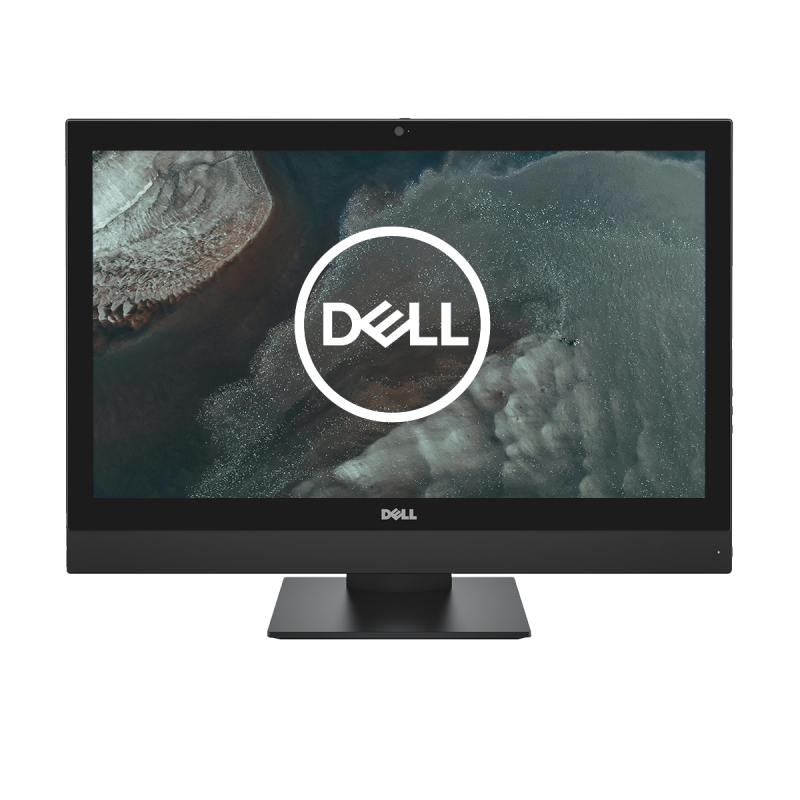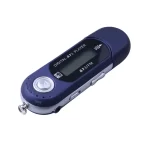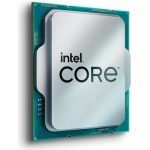The Intel Core i5 7500 has carved out a niche for itself in the landscape of mid-range processors since its release. With its solid performance, it has become a popular choice among gamers, content creators, and everyday users. However, the competition is fierce. Various alternatives from AMD and Intel’s own lineup challenge this popular CPU, bringing their own strengths to the table. This article delves into the specifications, performance metrics, and real-world applications of the Intel Core i5 7500, comparing it with its main competitors to see how it measures up.
Overview of Intel Core i5 7500
Specifications and Features
The Intel Core i5 7500 is part of the 7th generation Kaby Lake series, featuring a base clock speed of 3.4 GHz and a turbo boost frequency of up to 3.8 GHz. It boasts four physical cores and supports hyper-threading, allowing for up to eight threads. With 6 MB of Intel Smart Cache and a thermal design power (TDP) of 65 watts, it balances performance and power efficiency well. The i5 7500 also supports Intel’s UHD 630 integrated graphics, providing decent capabilities for light gaming and media consumption.
Target Audience
This processor appeals primarily to gamers looking for a robust experience without breaking the bank. It also caters to everyday users who engage in multitasking, photo editing, light video rendering, and simple gaming. The i5 7500 strikes a balance between price and performance, making it a go-to for budget builds and mid-range systems.

Competing Processors: An Overview
AMD Ryzen 5 1600
In the battle for mid-range supremacy, the AMD Ryzen 5 1600 often emerges as a formidable competitor. Launched around the same time, the Ryzen 5 1600 features six cores and twelve threads thanks to its simultaneous multithreading technology. With a base clock of 3.2 GHz and turbo boost capabilities up to 3.6 GHz, it boasts comparable performance to the i5 7500. Notably, the Ryzen 5 1600 comes bundled with a cooler, adding value to the overall package.
Intel Core i5 8400
Another challenger is Intel’s own i5 8400, which is part of the newer Coffee Lake family. The i5 8400 offers six cores and a base clock speed of 2.8 GHz, with a turbo boost of up to 4.0 GHz. This processor is designed to provide better performance for both gaming and productivity tasks, making it more competitive in scenarios demanding multi-threading.
Benchmark Comparisons
Synthetic Benchmarks
In synthetic benchmarking, the Core i5 7500 performs well but doesn’t dominate the charts. In multi-core tests, such as Cinebench R15, the i5 7500 often lags behind the Ryzen 5 1600, which shows its additional cores and threads significantly boost its performance. However, in single-threaded benchmarks like CPU-Z, the i5 7500 shines, occasionally outperforming its Ryzen counterpart due to its higher clock speeds.
Real-World Performance
Switching to real-world performance, gaming benchmarks reveal more nuanced results. The i5 7500 excels in games that rely heavily on single-thread performance, while the Ryzen 5 1600 demonstrates its power in titles optimized for multiple cores. In games like “The Witcher 3,” the i5 7500 often achieves higher frame rates, but in heavily modded or CPU-bound games, the Ryzen 5 may pull ahead. In office applications and content creation, the Ryzen 5 again holds an advantage due to its increased core count.

Gaming Performance
Frame Rates in Popular Titles
For many users, gaming performance is paramount. In titles like “Counter-Strike: Global Offensive,” the i5 7500 tends to provide excellent frame rates, maintaining a smooth experience even with settings maxed out. However, in more CPU-intensive games such as “Total War: Warhammer,” the higher core count of the Ryzen 5 1600 proves beneficial, leading to better performance in complex scenarios.
Resolution and Settings Impact
Resolution and graphical settings dramatically impact performance across both contenders. At lower resolutions (1080p), where CPU performance is critical, the i5 7500 often leads due to its stronger single-thread performance. However, as resolution increases, such as 1440p or 4K, the workload shifts more towards the GPU, leveling the playing field and allowing the Ryzen 5 1600 to shine when paired with a good graphics card.
Power Consumption and Heat Management
Efficiency Ratings
Power consumption is another critical factor to consider. The i5 7500 has a TDP of 65 watts, making it relatively efficient, particularly compared to some of its competitors. In gaming scenarios and light workloads, it typically consumes less power than the Ryzen 5 1600, which has a TDP of 95 watts. For those building compact or energy-efficient systems, the lower power draw of the i5 7500 can be an attractive feature.
Cooling Solutions
Heat management is crucial for maintaining performance. The i5 7500 typically operates cooler due to its lower TDP. This trait often allows users to utilize more basic cooling solutions, which can reduce overall system costs. Conversely, while Ryzen processors tend to run warmer, the included cooler with the Ryzen 5 1600 helps mitigate this issue, providing acceptable performance for most users without the need for upgrades.
Pricing and Availability
Market Trends
As of now, the Intel Core i5 7500 usually falls in the mid-range price category, providing solid performance for its cost. Prices fluctuate based on market trends, availability, and demand, so it’s essential to track deals and bundles for better savings. Generally, the i5 7500 competes well against similarly priced options, making it a viable choice for budget-conscious buyers.
Comparative Pricing
In comparison, the Ryzen 5 1600 often offers better value across the board due to its additional cores and superior multi-threaded performance, especially during sales or bundled promotions where Ryzen products tend to drop in price. The i5 8400 currently sits at a slightly higher price point but justifies that with improved performance and future-proofing due to its newer architecture. If you’re on a tighter budget, factoring in motherboard and cooler costs will also affect overall pricing.

Use Cases and Recommendations
Target Audience
Determining your specific needs can significantly influence your choice between the Core i5 7500 and its competitors. For gamers focused on titles optimized for single-thread performance, the i5 7500 remains an excellent option. It provides strong performance nearly without excessive heat or power draw, making it adequate for casual gaming systems.
Multitasking and Content Creation
Conversely, if you’re a content creator, streamer, or someone who routinely multitasks, the Ryzen 5 1600 will likely serve you better. Its higher core count enables seamless performance across numerous applications, enhancing productivity. Similarly, the i5 8400’s multi-threading capabilities make it suitable for future-proofing and handling more demanding workloads. Ultimately, your choice should reflect your specific performance needs, gameplay styles, and software workloads.
Future-Proofing Your Investment
Longevity in Performance
When considering a processor purchase, future-proofing is crucial, particularly in the fast-evolving technology landscape. The Intel Core i5 7500 has proven to be a robust choice for users today, suitable for various tasks ranging from gaming to content creation. However, as software become increasingly demanding, it’s vital to think ahead. The i5 7500, while still capable, is part of an older generation, which might become less optimal for future games and applications that take advantage of higher core counts and improved architectural efficiencies found in newer processors.
Choosing with Tomorrow in Mind
Conversely, opting for a newer processor, such as the Intel Core i5 8400 or AMD Ryzen 5 3600, can provide a more future-proof solution. These models come equipped with enhanced features, including higher core counts and better overall efficiencies, making them better suited for multitasking and executing more modern applications. By investing in a processor that aligns with the future of technology, you ensure that your system remains relevant for a more extended period, reducing the need for costly upgrades shortly after purchase. Ultimately, weighing the immediate performance needs against long-term requirements will guide you to a wiser investment.
Finding the Best Fit
In the comparison between the Intel Core i5 7500 and its competitors, a clear winner does not emerge. Each option has its strengths and weaknesses depending on what you prioritize: gaming performance, multi-threaded tasks, power consumption, or price. Understanding your unique needs will guide you toward the best choice.
While the i5 7500 offers solid single-thread performance and energy efficiency, the AMD Ryzen 5 1600 and Intel Core i5 8400 deliver compelling advantages that cater to a broader range of tasks, especially in the realm of productivity. Remember to consider not just raw power but how you plan to use your processor daily. With this knowledge, you can confidently select a CPU that meets your performance expectations and enhances your computing experience.


